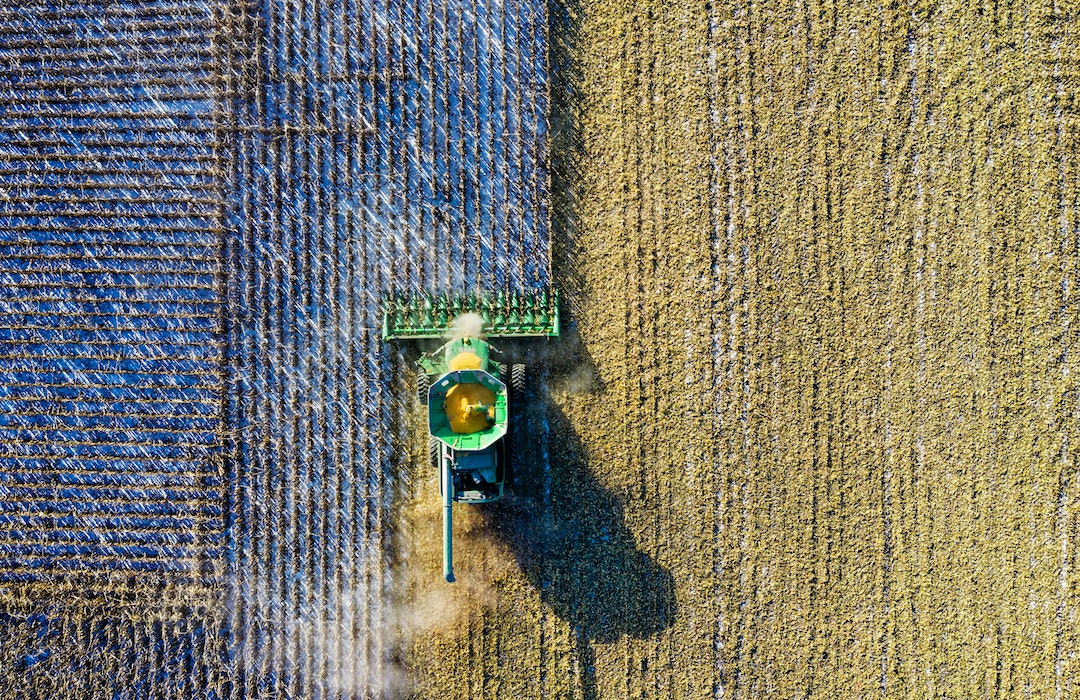The agricultural industry is one of the oldest and most important industries in the world. And yet, it is also one of the most innovative. Over the years, there have been many advances in technology and techniques that have helped farmers increase yields, decrease costs, and improve the quality of their products. In this blog post, we will explore 4 of the top innovations in agriculture. From precision farming to vertical farming, these are the technologies that are changing the way we grow food. (Also Read: Innovative Architecture: Buildings of the Future)
Innovations in Agriculture
What are Agricultural Drones?
Drones are unmanned aerial vehicles (UAVs) that can be controlled remotely or autonomously. They have a variety of applications in agriculture, including crop mapping, field scouting, irrigation mapping, and crop spraying. Agricultural drones are changing the way farmers work by providing them with a bird’s-eye view of their crops and fields.
Drones can cover more ground in less time than traditional methods, such as walking through fields or driving a tractor. They can also provide farmers with real-time data about their crops, which can be used to make informed decisions about irrigation, fertilization, and pest control. Also, drones can be fitted with sensors that can spot early signs of crop stress, disease, or pests, so farmers can take steps to deal with these problems before they get worse.
The use of agricultural drones is still in its early stages, but it has great potential to revolutionize the way farmers work. As technology keeps getting better, we can expect agricultural drones to be used in even more creative ways.
What is Vertical Farming?
Vertical farming has many benefits over traditional agriculture, including less water and land usage, less need for pesticides and herbicides, and higher yields. Also, vertical farms can give fresh fruits and vegetables to nearby communities that might not have access to them otherwise.
Vertical farming is a fairly new idea, but it is quickly becoming popular as a way to grow food that is both efficient and good for the environment.
Hydroponics; What is this?
Hydroponics is not a new technology; it has been used for centuries to grow crops in arid regions. But recent improvements have made it possible to use hydroponics on a large scale, which makes it a good choice for commercial farming.
How many types of Hydroponics are there?
The most common type of hydroponic system is the nutrient film technique (NFT), in which the roots of the plants are suspended in a shallow film of water. To keep algae from growing, you need to keep an eye on and control the nutrients in the water and do regular maintenance on this system.
Other types of hydroponic systems include deep water culture (DWC), in which the roots are submerged in a tank of nutrient-rich water; aeroponics, in which the roots are sprayed with mist; and wick systems, in which the roots are supported by a wick that delivers nutrients from a reservoir to the roots.
Hydroponics offers many advantages over traditional agriculture. One of its most significant advantages is that it uses less
What about Aquaponics?
Microbes contribute significantly to plant nourishment, along with fish and fish waste. These helpful bacteria colonize the interstices between plant roots, where they break down sediments and fish waste into nutrients the plants can consume. The end result is a harmonious union of water farming and soil cultivation.
Sustainable organic food cultivation, aquaculture, and water use are all areas where aquaponics has great promise. As opposed to being dumped into the sea, the fish feces are reused to fertilize crops. In a closed system, the water is recycled, reducing water use. (Also Read: The Top 5 Innovative Cars)












